Simena Ancient City
Simena Ancient City, known as Kaleköy today, is a small Lycian coastal city and has been a strategic point that has been inhabited since the 4th century B.C. The ruin that reflects this feature most vividly is the castle, which has remained intact until today, and it is possible to watch the most perfect views of Kekova and its surroundings. Simena is one of the rare settlements in Türkiye that can only be reached from the sea. It was created in order to protect natural, cultural, and geographical values on the island of Kekova and its surrounding coasts. The ancient city of Simena, located within the Kekova Special Environmental Protection Area, covering an area of 260 km², is registered as a 1st-degree archaeological site. Kekova, which gave its name to the region, is the general name of the 7.4 km long island, 500 m from the coast, just opposite Simena, and the name of the region that includes Simena, Teimiussa (Üçağız), Aperlai (Sıcak) Pier, Aquarium Bay, and Gökkaya Bay. The northern shores of the island, facing Simena, are full of traces of a civilization that was partially submerged in earthquakes in ancient times, such as stone stairs, house ruins, pier ruins, half of which are in the water and half outside, extending to 4-5 m depths of the sea. Simena is located on the peninsula opposite Kekova Island. Üçağız, known as the port city of Teimiussa in ancient times, which was the first entrance to the Kekova Region by land, was the safest corner to protect sailors against the heaviest waves of the Mediterranean, located next to the neighboring Simena. Between Kaleköy and Üçağız, it is possible to observe the remains of roads and quays, which were submerged under water, through the small islets that were used as a quarry, especially for sarcophagi.
Although the name of the ancient city of Simena was mentioned for the first time by Plinius (1st century A.D), its history dates back to the 4th century B.C, as can be understood from the Lycian inscription and the silver coin found in Aperlai. The city was a member of a federation headed by Aperlai, which included Apollonia and Isinda. It was represented by the city of Aperlai in the Lycian unity. It is understood that Simena kept up as an independent city after the region joined the Roman Empire. The first building that stands out when approaching the shore is the remains of the Roman bath complex, which is thought to have been built in 79 B.C, with the inscription “It was gifted to Emperor Titus by the people of Aperlai and its council and other cities of the union”. While reaching the castle with the help of a steep path from the beach and sometimes ancient steps, two sarcophagi attract attention. One has a small exedra, and the other has an inscription that is dedicated to Mentor, son of Argus. When you reach the castle, the first thing that stands out is the theater, one of the important ruins of Simena, with 7 rows of seats and a capacity of 300 people, built by carving into the natural rock. Water cisterns, rock tombs, and traces of the religious building, which was first used as a temple, then a church, and lastly a mosque, are among the other ruins of the castle. Lycian sarcophagi, jetty, and building ruins can be seen easily in still weather. To the northeast of the castle reaches a large necropolis area consisting of sarcophagi and rock tombs. The Lycian inscription in one of the house-type tombs is remarkable.

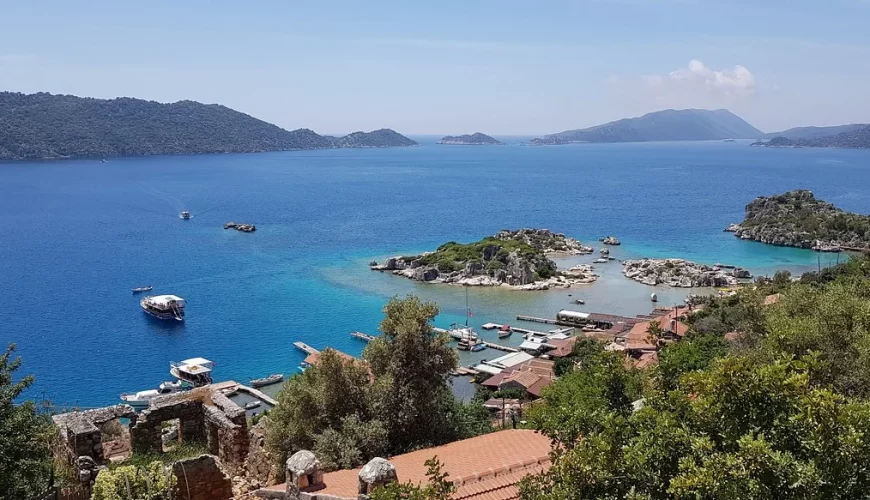

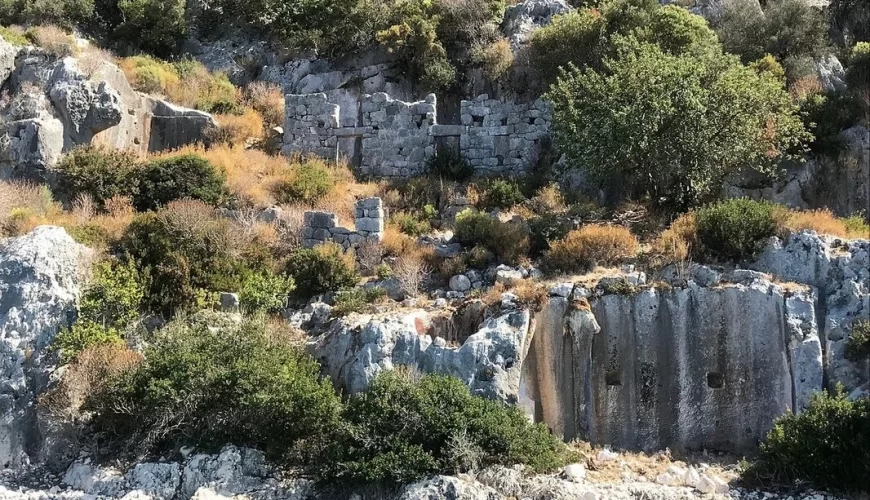
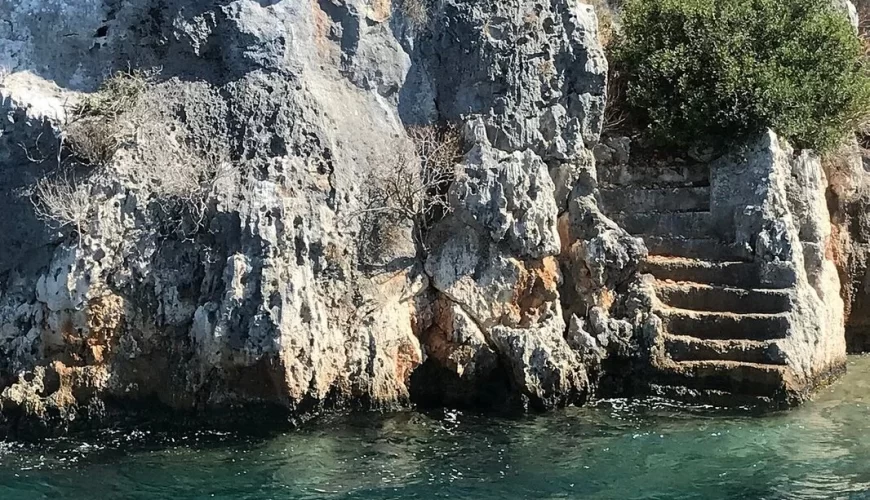
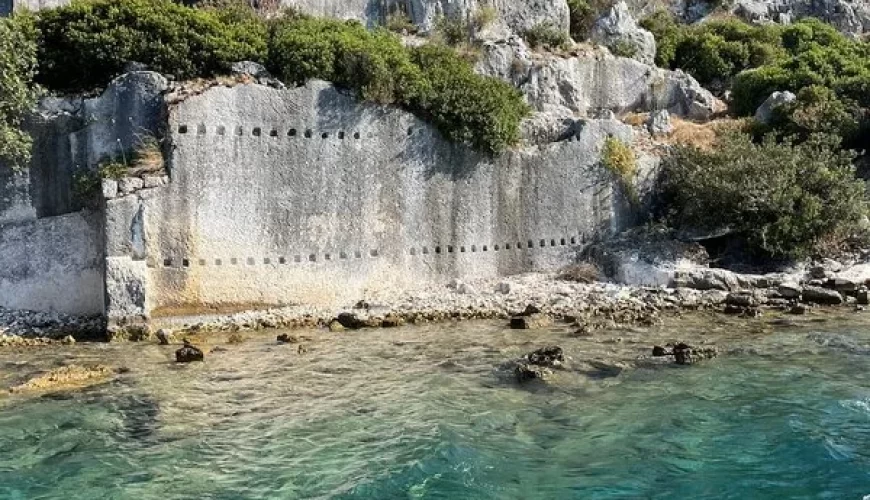
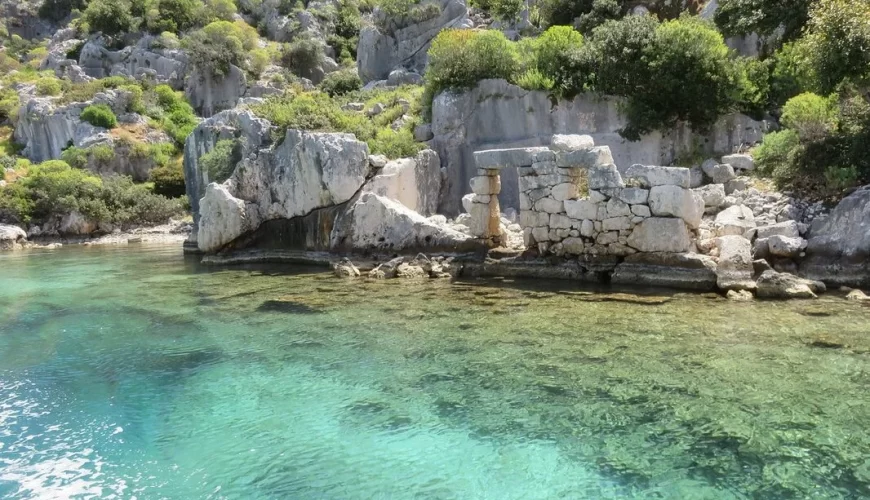
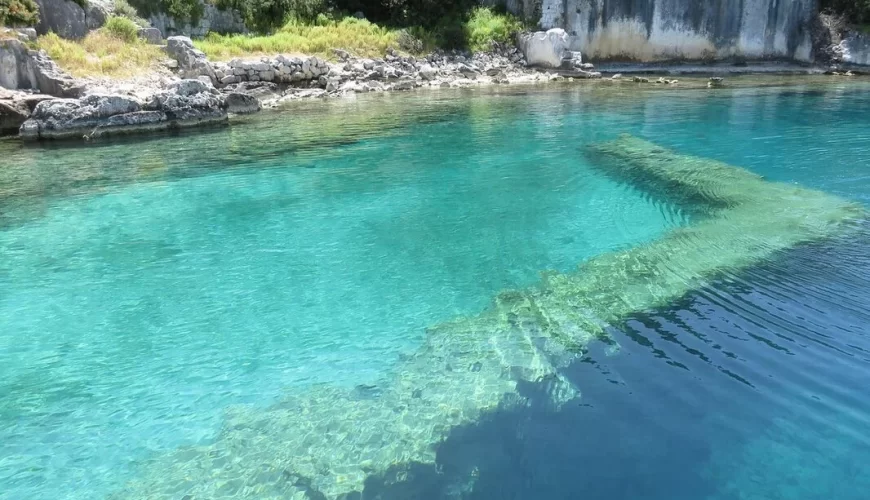

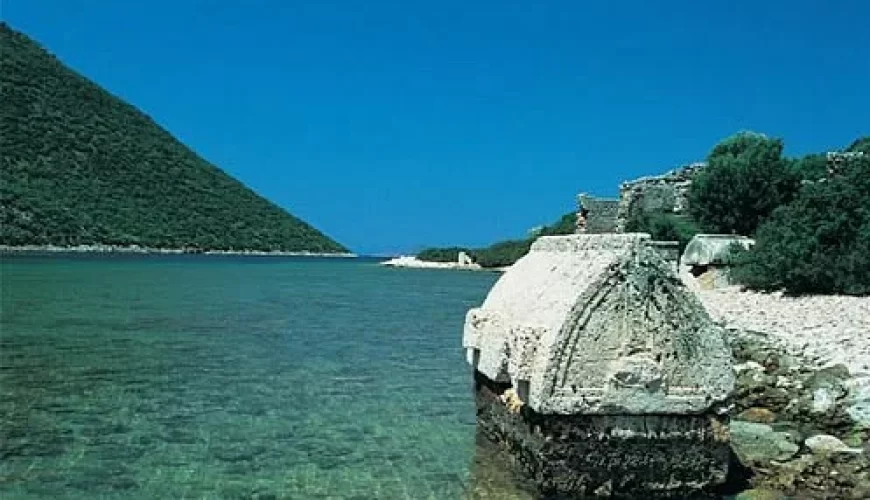
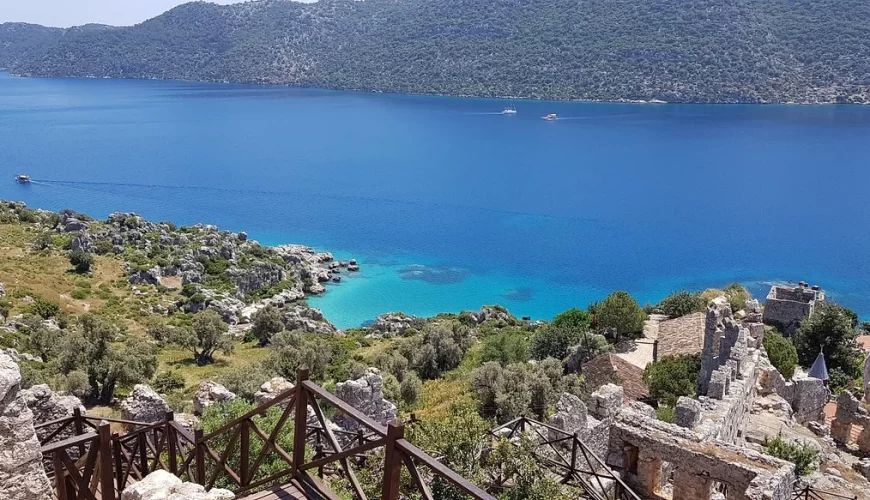
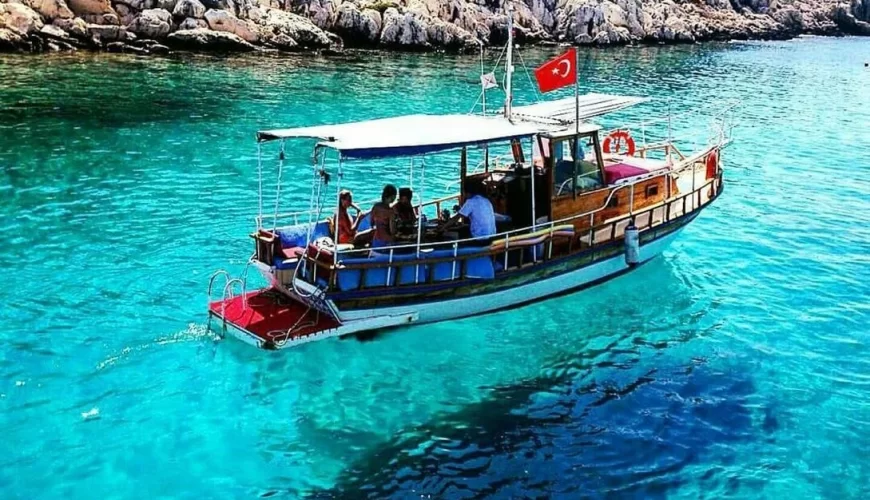

Comment (0)